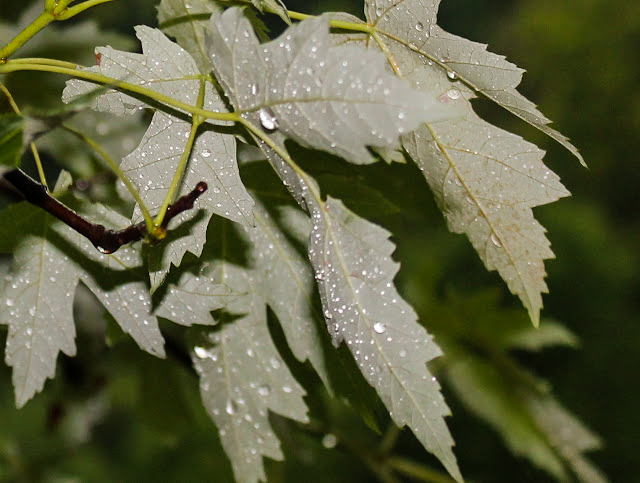

This is unlike the large, flaky chunks of pines or the wallpaper-like bark on birch trees, and is much more cracked and grooved. Bark on oak trees is variable, but it is generally made up of small, hard, and scaly bits of bark. While a few oaks do not have lobes, all of the leaves are generally symmetrical around a clear median line. Lobed leaves are leaves that have rounded or pointed knobs extending out from the center line.Registered Professional Biologist Expert Interview. Silver maples are fast-growing, beautiful trees (Image credit: Itsik Marom/Alamy Stock Photo) Known scientifically as Acer saccharinum, the native environment of this tree is southern Canada and the eastern United States, where it’s often found on flood plains, along waterways, or in woodlands. If the tree produces acorns, it's an oak. Acorns are the easiest way to spot an oak tree.Because there is such a wide variety of oak trees in the world, it can be hard to find characteristics that unite them all. There are over 600 known species of Oak, with 55 found in the continental United States. Oaks, which all fall under the genus (Quercus) are wide-spread trees found in temperate climates the world over.

This article has been viewed 1,286,290 times.ĭifferentiate oak trees from other species. This article received 34 testimonials and 85% of readers who voted found it helpful, earning it our reader-approved status. WikiHow marks an article as reader-approved once it receives enough positive feedback. There are 10 references cited in this article, which can be found at the bottom of the page. He has worked in British, North American, and South American ecosystems, and with First Nations communities, non-profits, government, academia, and industry. Mike received a BSc with honors in Ecology and an MA in Society, Science, and Nature from The University of Lancaster in England as well as a Ph.D. Mike also specializes in science communication and providing education and technical support for ecology projects. He has over 20 years of experience in ecology research and professional practice in Britain and North America, with an emphasis on plants and biological diversity. Michael Simpson (Mike) is a Registered Professional Biologist in British Columbia, Canada. This article was co-authored by Michael Simpson, PhD.


 0 kommentar(er)
0 kommentar(er)
